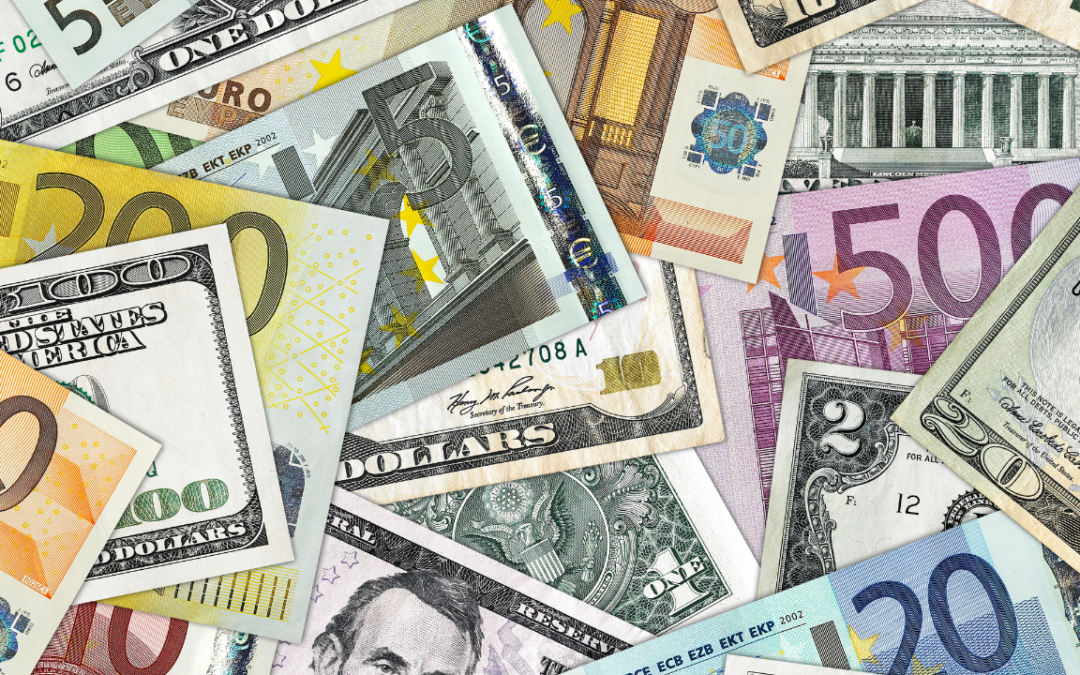In the vast landscape of human history, the concept of money has undergone a remarkable evolution. From the early days of bartering goods to the rise of digital currencies, the history of currency is a fascinating journey that reflects the changing dynamics of human civilization.
Barter: The Primitive Exchange System
In the earliest stages of human civilization, bartering was the primary method of trade. Individuals would exchange goods and services directly, relying on the mutual needs and wants of the parties involved. While this system served as the foundation of early economies, it was limited by the lack of a standardized unit of value, leading to inefficiencies and complexities in trade.
The Emergence of Commodity Money
As societies evolved, the concept of commodity money emerged, introducing items with intrinsic value, such as precious metals, as a medium of exchange. This marked a significant shift in the history of currency, providing a more standardized and universally accepted form of trade. The use of commodities as money laid the groundwork for the development of early monetary systems and paved the way for the establishment of coinage.
The Birth of Coinage and State-Backed Currencies
The introduction of coinage by ancient civilizations, such as the Greeks and Romans, revolutionized the way money was used and circulated. Coins, stamped with official marks and values, became a symbol of state authority and facilitated trade on a broader scale. This era also saw the emergence of state-backed currencies, where governments issued official coins and promissory notes, further solidifying the role of centralized authorities in shaping the history of currency.
The Era of Paper Money and Banking Systems
The transition from metallic currencies to paper money marked a pivotal moment in the evolution of money. The widespread adoption of paper currency, supported by banking systems and central authorities, brought about increased liquidity and facilitated complex financial transactions. This period also witnessed the establishment of modern banking institutions, laying the groundwork for the development of credit and lending practices that continue to influence the global economy.
The Digital Revolution and Rise of Cryptocurrencies
In the contemporary era, the advent of digital technologies has reshaped the landscape of currency and finance. The emergence of cryptocurrencies, led by the groundbreaking introduction of Bitcoin, has challenged traditional notions of money and currency. Operating on decentralized blockchain networks, digital currencies offer a new paradigm of financial exchange, characterized by transparency, security, and borderless transactions. The evolution of money into the digital realm signifies a profound shift in the history of currency, posing both opportunities and challenges for the future of global finance.
The evolution of money from barter to digital currencies reflects the dynamic interplay between technological advancements, societal needs, and economic systems. The history of currency is a testament to the ever-changing nature of human exchange and the enduring quest for efficient, reliable, and inclusive forms of value transfer. As we continue to navigate the complexities of modern finance, understanding the evolutionary trajectory of money provides valuable insights into the forces shaping our economic realities.
By analyzing the historical progression of currency, we gain a deeper appreciation for the innovations that have shaped the way we perceive, exchange, and utilize money, laying the groundwork for future developments in the ever-evolving landscape of finance.


